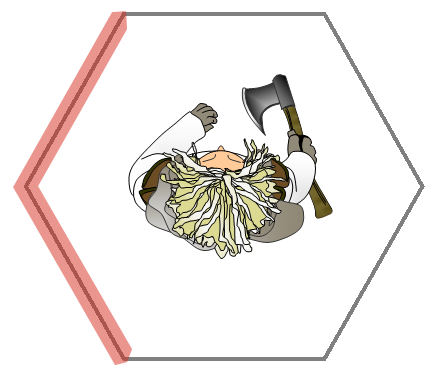Difference between revisions of "Interposing Aura (sage ability)"
From The Authentic D&D Wiki
Jump to navigationJump to searchTao alexis (talk | contribs) (Created page with "Through training and practiced meditation, the character is able to wield an unusual magical emanation, in the language of monks called "the dragon." This is more familiar to...") |
Tao alexis (talk | contribs) |
||
| Line 1: | Line 1: | ||
Through training and practiced meditation, the character is able to wield an unusual magical emanation, in the language of monks called "the dragon." This is more familiar to some as "wild magic." The aura thus created is both magical and invisible; the effect is to cloud the minds of enemy combatants so that they cannot attack — or have not the will to attack — from specific quarters as chosen by the character. | Through training and practiced meditation, the character is able to wield an unusual magical emanation, in the language of monks called "the dragon." This is more familiar to some as "wild magic." The aura thus created is both magical and invisible; the effect is to cloud the minds of enemy combatants so that they cannot attack — or have not the will to attack — from specific quarters as chosen by the character. | ||
| − | [[File: | + | [[File:Interposing aura.png|right|320px|]] |
In game terms, this translates as closing off two sides of a combat hex | In game terms, this translates as closing off two sides of a combat hex | ||
Revision as of 03:18, 19 March 2020
Through training and practiced meditation, the character is able to wield an unusual magical emanation, in the language of monks called "the dragon." This is more familiar to some as "wild magic." The aura thus created is both magical and invisible; the effect is to cloud the minds of enemy combatants so that they cannot attack — or have not the will to attack — from specific quarters as chosen by the character.
In game terms, this translates as closing off two sides of a combat hex
